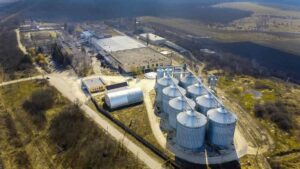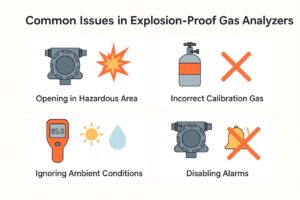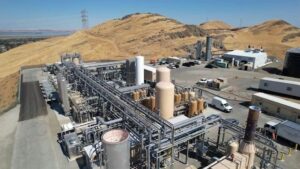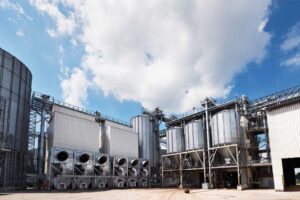An ambient air quality sensor helps you monitor air. Learn about sensor types. Stay aware, and remain safe.
Can you firmly state that the surrounding air remains uncontaminated? This blog will explore air monitoring devices. An ambient air quality sensor offers precise checks for different gases. This blog covers its features, application, and even ways to keep environments safe. Yet, you can use it.
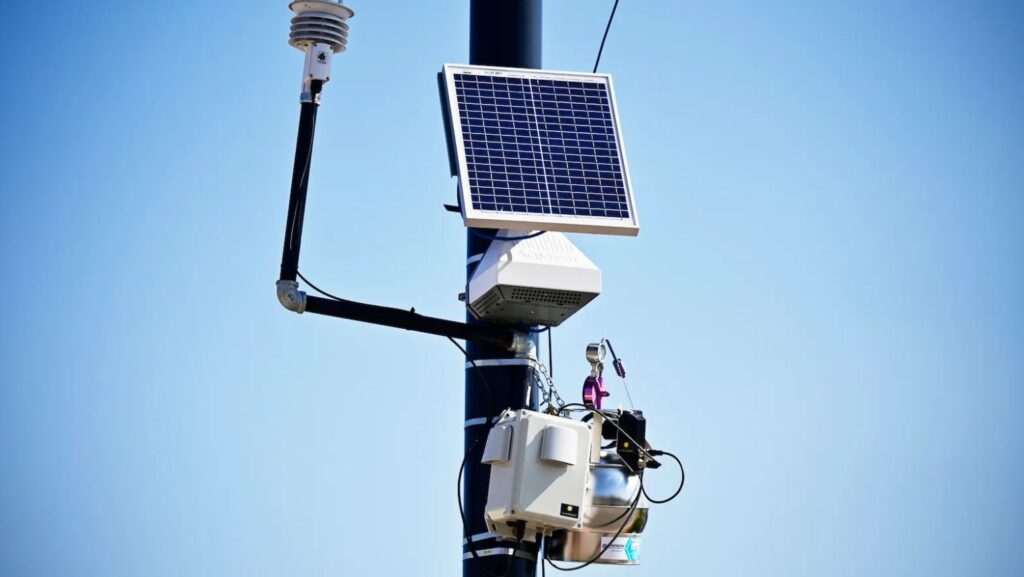
The Ambient Air Quality Sensor functions as a supporting device to check the air near you. It is like a helper device. This NDIR sensor shows if air is good. The device finds small, bad particles. 0-5V Output shows you data. Do you need clean air info? It will check for you now.
The gadget measures PM1.0 dirt, PM2.5 fog, and PM10 fluff. The electrochemical sensor gives fast answers, too. Results appear in µg/m³. These metal oxide tools utilize a tiny microcontroller. Data updates also arrive in every 2 seconds. It has laser-scattering, with ±10% correctness.
Key Pollutants Detected by Ambient Air Quality Sensor!
PM2.5
Particles, smaller than 2.5 micrometers. Optical particle counters are helpful. These measure particles of 0.3 micrometers. A laser diode makes bright light. Seeing light scatter is done by a photodetector. Air flows at 1 liter per minute. Checking is done every 60 seconds. Microprocessors check signals, fast. Particles are found, between 0 to 1000 µg/m3. The accuracy is ±10%.
PM10
Particles measuring 10 micrometers, or smaller, are PM10. Measuring light is done by a nephelometer. Removing water happens with a heating inlet. Beta attenuation monitors are cool, also.
Tapered element oscillating microbalance (TEOM) systems are used. These utilize mass transducers. The filter material is strong glass fiber. Measurement range is big: 0 to 2000 µg/m3. The resolution is very small: 1 µg/m3. Response is quick at <60 seconds. RS-485 is an interface.
VOCs
Volatile Organic Compounds, called VOCs, are in the air. Sensors use photoionization detectors (PIDs), often. Gases get charged by a UV lamp. Collecting charged bits happens in electrode stack.
Higher current means more concentration. The detection limit can be 1 ppb. Metal oxide semiconductor (MOS) sensors are great. Taking <10 seconds is the Response Time (T90).
CO
Carbon dioxide, CO2, is checked by sensors. Non-dispersive infrared (NDIR) sensors work well. Light comes from an infrared lamp, and that light is measured. The beam goes through a waveguide.
The filter finds the right light at 4.26 µm. Two beams make it better: dual-beam. Thermopile detectors find the light. Sensors find from 0-5000 ppm, the measurement range. It is accurate, ±30 ppm. Preheating time:30 seconds. Transmitting data is done with a digital output: UART.
Ozone
Ozone, a special gas, is measured by sensors. Electrochemical sensors work great for sensing. Solid polymer electrolyte helps gas move. Working electrodes sense the ozone.
Counter electrodes help keep things even. The reference electrodes keep voltage steady. From 0-20 ppm is measuring range. Reading small changes is easy with resolution, 0.01 ppm.
Choosing Your Best Ambient Air Quality Sensor!
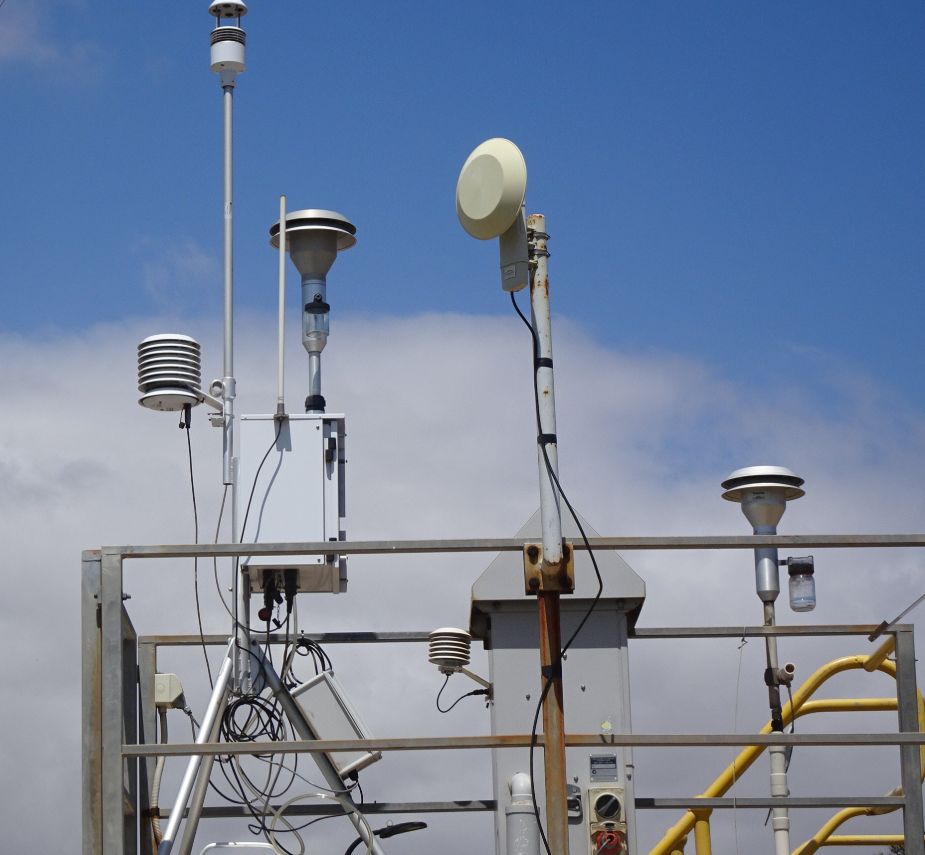
Accuracy
Your sensor must show the right air numbers. This uses a special scale, from PM1.0 to PM2.5, and PM10. The response time is quick, under 10 seconds. The operating voltage should be 5V. Accuracy should always be +/- 1%. The device checks CO2 levels, from 400 to 5000 ppm.
The resolution is just 1 ppm. A tiny optical sensor measures the particles. An ambient air quality sensor has a laser. The airflow rate is 0.1 CFM (cubic feet/min). The digital output uses a UART interface. Stability, a T90, maintains the sensor, keeping it reliable.
Range
The device finds many things at home. For example, it can find VOCs, from 0 to 1000 ppm. The operating temperature is good, -10°C to 50°C. Humidity detection works well, 0% to 99% RH.
This also shows all the tiny dust. The sensor finds gases with a MOS sensor. The measurement interval is one second, you get quick data with an I2C interface. The minimum it can find is 0.3µm. The pressure range will be 80kPa to 110kPa.
Connectivity
The sensor can connect to the internet at home. Your sensor will work with Wi-Fi, 2.4 GHz, or even Bluetooth 4.0. Zigbee, and Z-Wave are options too, with an SPI interface. MQTT is used by many sensors.
The signal strength is -80 dBm. it uses 1 Mbps. The sensor’s air data can be shared easily. This has good protection, AES-128. The wireless range is 30 meters. Cloud connection like AWS IoT, is good. Plus, it can update itself, called OTA.
Logging
The sensor writes down the air quality every minute. Data storage is inside, on a flash memory chip. The memory holds a lot, 8 MB, or with an SD card. The sensor puts a date on each check.
The log time can be set, you can choose 1 second. The data format, is CSV or JSON. It has a clock, RTC, for all the air data, with 3v of power. you can look at old readings, from the many data points, up to 100,000.
Power
It can use a small battery, or you can plug it, like AAA ones. battery life can be long, like one year. The power use is only 50 mA. When the voltage is 3.3V, that is good. It also has a sleepy mode, about 10 µA. A special timer turns off the sensor. The power can be AC or DC. The plug is a Micro-USB, and it is safe. It protects from power spikes, up to 2kV.
| Feature | Metric/Type | Ideal Spec (Example) | Common Technologies | Power Source Options | Data Output |
| Accuracy | ± % of reading, ± unit | ± 0.1°C (Temp), ±2% (RH) | MEMS, NDIR, Electrochemical | Low Voltage DC (3.3-5V) | Digital (I2C, SPI) |
| Measurement Range | Unit (e.g., °C, ppm) | -40 to 85°C, 0-100% RH | Semiconductor, Optical | Battery, USB, PoE | Analog (0-10V) |
| Connectivity | Protocol | Wireless (WiFi, LoRaWAN) | Bluetooth, Zigbee | AC Adapter | UART |
| Data Logging | Capacity/Rate | 10,000 readings, 1/min | SD Card, Cloud | Solar | Modbus |
| Power Consumption | mA, Watt | uA(sleep), mA(Active) | Electrochemical, Optical | External DC | HTTP, MQTT |
Real time air quality tracking benefits!
HVAC Optimization
An air quality sensor can help now. The sensor finds small things, like PM1.0. Its sensing range is often 0.3µm. The output is PWM, a digital signal. Power use stays low, at 80mA. Humidity can be high, up to 90% RH. But a power supply must be 5V±0.5V DC. Inside, a heater makes the sensor warm. So, results are clear on a display. The sensor looks at the air, always. Therefore, your 120V HVAC system uses less power.
Sources
Pollution source will be easily detected. An infrared LED helps with this optical way. Sensitivity measures at 0.5V/(0.1mg/m³). Because sampling is fast, results are quick. Clean air voltage is near 0.9V.
You can quickly find what is in the air. An Ambient Air Quality Sensor spots smoke, at 90 degrees. Also, the amplifier is 20 dB. An LM358 circuit helps compare readings, too. The sensor updates data every second, at 1Hz. Finally, a user can calibrate with a screw. The Sensor is RoHS.
Intervention
Dirty indoor air can be better soon. A sensor with four pins will help you. While it is running, it is helpful. Join the Ambient Air Quality Sensor to a small computer, like an ESP8266.
Then, send information using 2.4GHz Wi-Fi. You can also find help in its data sheet. Check if the filter is MERV 8, or higher. I2C or SPI are ways it can talk. Plus, it has an ABS plastic case. Consequently, sensors can last one to three years. As a result, the Sensor is using 20mA current, while on.
Ambient Air Quality Sensor Integration Options!
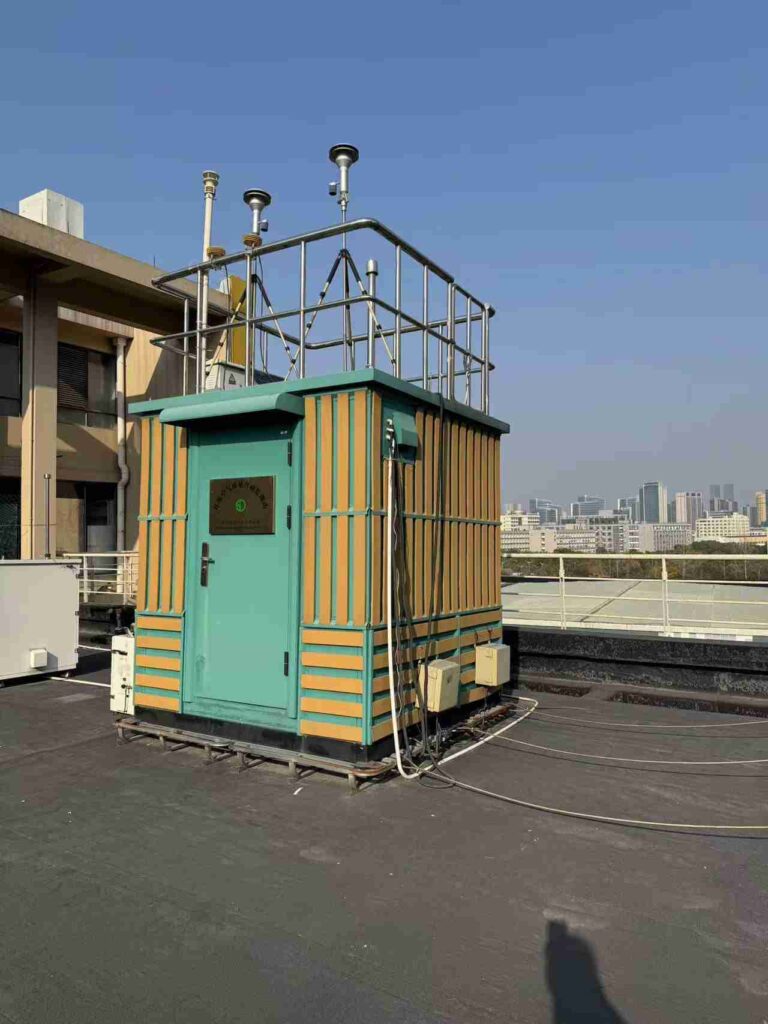
BMS
Building Management Systems are very easy. You can put sensors in them. The RS-485 Modbus RTU will help you. A 0-10V analog output is good. Because, it works well. The PM2.5 sensor range (0-1000 µg/m³). Also, the temperature should be -10°C to 50°C. You need 24V DC power.
This IP65 enclosure will keep out water. Accuracy is great, ±3%. Plus, response time is fast,1 second. The Ambient Air Quality Sensor CO2 measurement (0-5000 ppm), So sampling interval is short.
IoT
Internet of Things has wireless choices. Thus, you can see numbers easily. WiFi (2.4 GHz, 802.11 b/g/n) is used. Next, MQTT connects to the internet. Cellular (4G LTE) works far away. A special part, ARM Cortex-M4 processor. The battery can be 2 years. Moreover, data encryption (AES-128) is safe.
OTA firmware updates are simple. Further, sensor resolution is 1 µg/m³. The box is made of ABS plastic. The Ambient Air Quality Sensor also has Bluetooth 5.0.
Automation
Automation will make air clean. Sensors can turn on machines. Consequently, Air is safe for you. Programmable Logic Controllers (PLCs) get data. SCADA systems show the air quality.
You can use a 0-20 mA current loop. While sensor’s accuracy is +/- 5%. Also, check the humidity (0-95% RH). And data logging happens every minute. Please, do calibration (every 6 months). This box is 90mm x 60mm x30mm.
Predictive
Predictive work checks the sensors early. Therefore, filters change on time. Machine learning looks at numbers. If, PM10 > 150 µg/m³, you get help. A digital output relay (5A, 250VAC).
You can save data for 1 year. Unless, the processor speed is fast, 1 GHz. RAM is 256MB. The ADC resolution: is 16-bit. The box size is 100 x 70 x 30 mm. This particulate matter sensor lasts long.
Protocols
Protocols help things talk together. Yet, you must pick a kind. BACnet/IP is for big houses. Modbus TCP/IP is for factories. If, LoRaWAN uses less power. Zigbee (2.4 GHz, IEEE 802.15.4) makes a net.
Check, input voltage, 12 VDC. Then, power consumption is <1W. While, working is -20°C to 60°C. Its weight 150 grams. Besides, data refresh: 10 seconds. Lastly, Eight ADC channels used.
Ambient Air Quality Sensor Industry Applications!
Manufacturing
Factories need clean air for workers. A sensor uses a PM2.5 filter. The sensor finds tiny dust, at 10 microns. It measures bad air like CO2, from 400 to 2000 ppm. The temperature range is -20°C to 60°C.
The power needed is 24V DC. An Ambient Air Quality Sensor reads quickly, under 60 seconds. The signal is RS485 Modbus, with 1% FS accuracy, and a PID controller helps. The LCD shows the air quality. A diffusion method, plus a relay, check the air.
Healthcare
Hospitals use sensors for clean rooms. This sensor can spot small germs. The HEPA filter is Class H13. An Ambient Air Quality Sensor checks for damp air, but keeps it at 50% RH.
The UV-C lamp, 254 nm, kills the germs. The airflow is 100 CFM. A 0-10V signal is used. If the air is bad at 50 µg/m³, the alarm beeps. An NDIR checks VOCs. You check the sensor every 12 months. The sensor is on the wall, 1.5 meters high.
Education
Schools check air for children.The sensor’s shell is made of ABS. The rating is IP65 for weather. Data is saved every minute. BACnet is the talk, since steady less than 2% per year. The alarm sounds when needed, plus the box is NEMA 4X.
Commercial
Offices use sensors for a good day. The sensor sees ozone. The range to see ozone is 0-1 ppm. The filter lasts for 6 months. The display is digital, and power is low, only 5W. Zigbee talks without wires, since the accuracy is ±3%. It fixes itself. The size is 120x80x30 mm. A small fan at 2500 RPM moves air. The case is made of polycarbonate. It works from -10°C to 50°C, furthermore, it uses special light to count.
Ensure Compliance with Ambient Air Sensors!
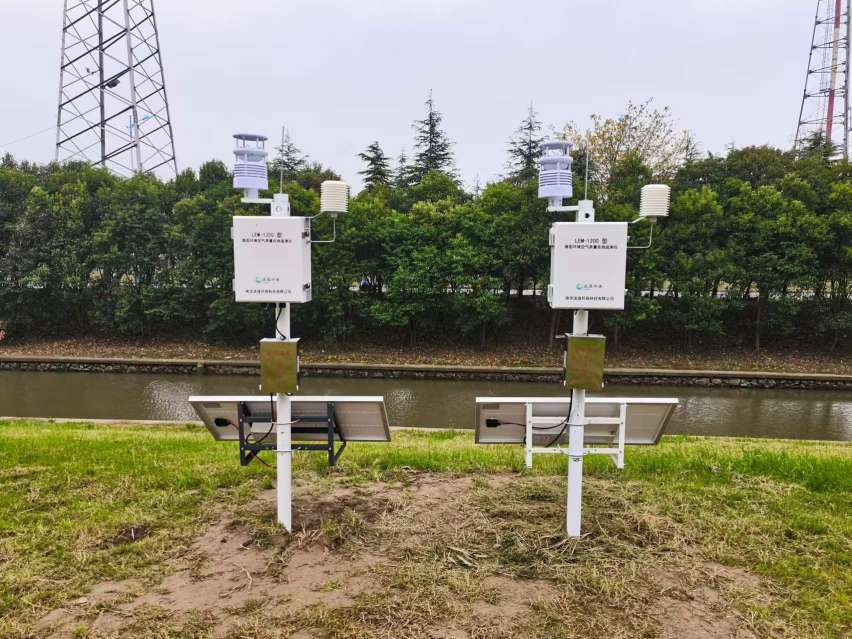
OSHA
A 24V power supply runs the device. The NDIR sensor checks for CO2, up to 5,000 ppm. A laser PM2.5 sensor finds dust particles. Its accuracy is about ±5%. The electrochemical sensor will detect gases.
The operating temperature range is -10°C to 50°C. For communication, that uses RS-485 Modbus. The PID sensor inside works very well. Zero calibration helps it stay accurate. That device detects VOC at 0-100 ppm.
EPA
An Ambient Air Quality Sensor will check for pollution levels. It measures ozone (O3), using UV absorption. It checks nitrogen dioxide (NO2), to 0.6 ppm, with a light detector. The sensor’s detection limit is low. It can measure sulfur dioxide (SO2), down to 0.5 µg/m³. Data is sent by a 4-20mA output.
The outer housing is IP65-rated. Calibration gas is called span gas. Response time (T90) matters. The real-time updates show every 60 seconds.
Regulations
An Ambient Air Quality Sensor, is vital. Its flow rate should be 0.5 LPM. The sampling interval is, at 1-minute periods, very useful. A microcontroller, with 16-bit resolution, is used.
Analog output is easy to obtain. A user can see the current data on the LCD screen. Data logging can store up to 8,000 readings. You can set alarm thresholds, using relays (5A/250VAC). Temperature compensation spans from -20°C to 60°C. The recent firmware (v2.1).
Guidelines
First, warm-up time should be 3 minutes. The filter type inside is a PTFE membrane. Connectivity with WiFi 802.11 is easy. Power consumption requires only 2.5W. It supports cloud platforms, like AWS IoT.
The durable enclosure material uses ABS plastic. Mounting type should be on a wall-mounted style. Dimensions of the device are 120x80x30 mm. That sensor’s weight is light. The warranty period covers 1 year, a safe choice.
Standards
The measurement range covers 0-1000 µg/m³, for dust. For accuracy, it’s about ±3 µg/m³. The device resolution reaches 0.1 µg/m³. Repeatability is around ±2%. Linearity is, at ±1% FS, very good. It features long-term stability. Cross-sensitivity (H2S, NO) rates <2%. Operating humidity measures 0-95% RH).
Conclusion
You have learned about devices and methods to check air quality in your vicinity. The blog showed tracking benefits and also, various uses. But an ambient air quality sensor is crucial. For clean rooms. Because, Safety matters most. While, for details, explore GAS-ANALYSER. So, get support to maintain fresh air.







